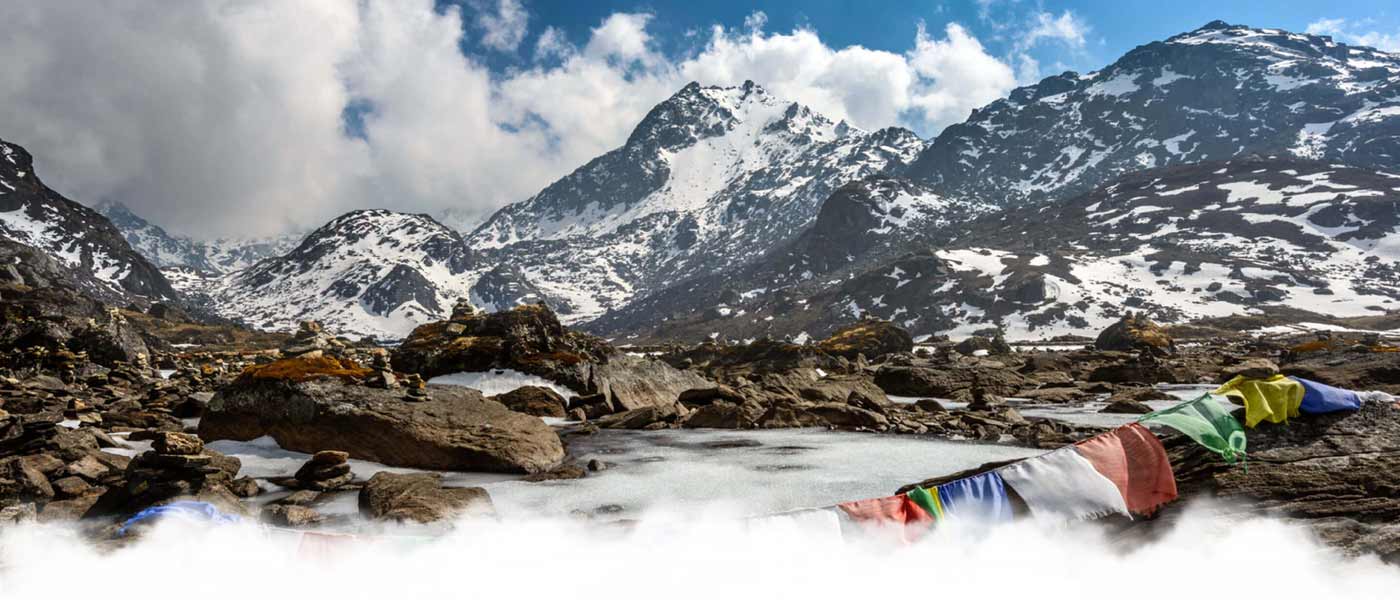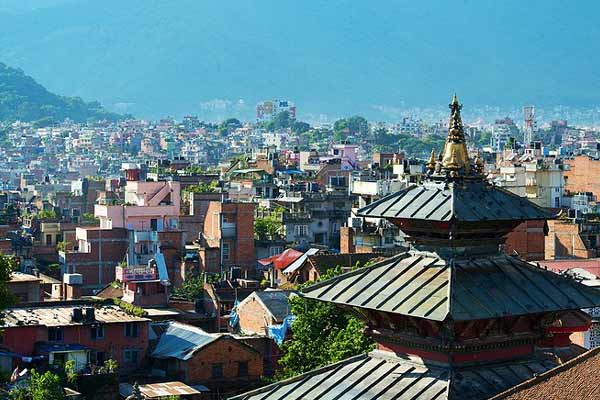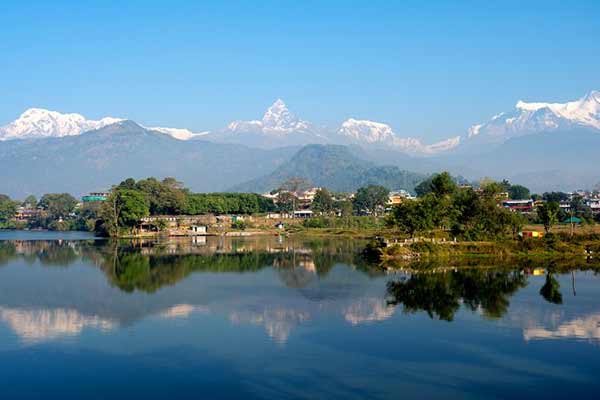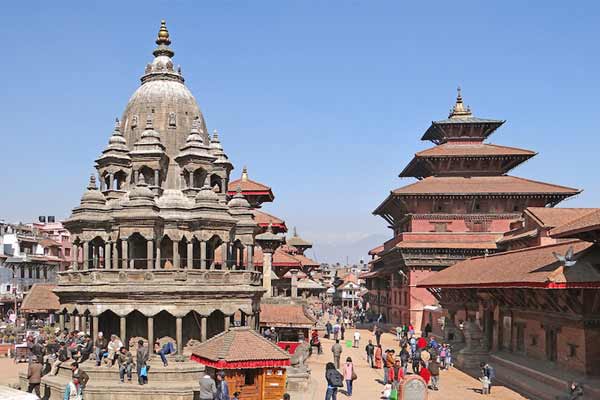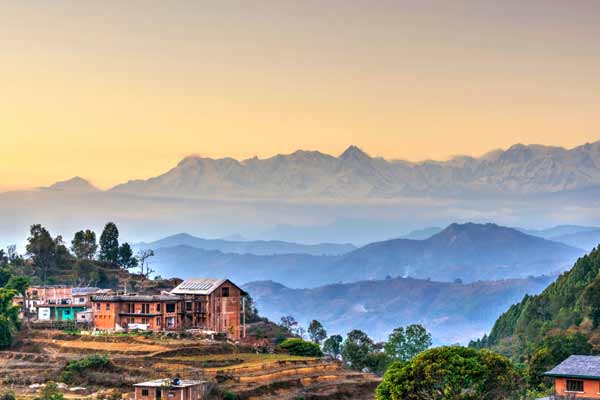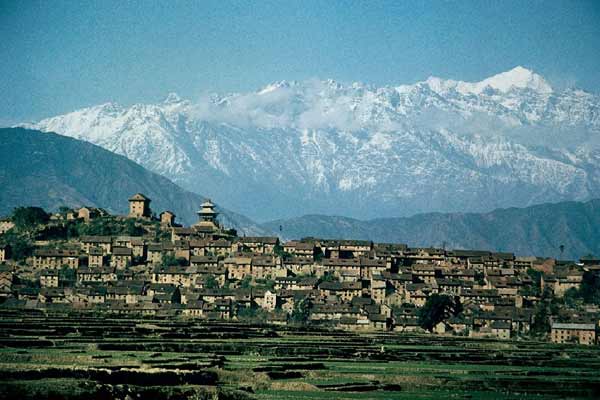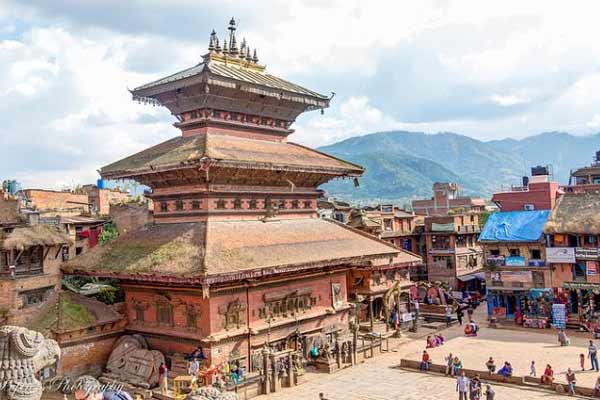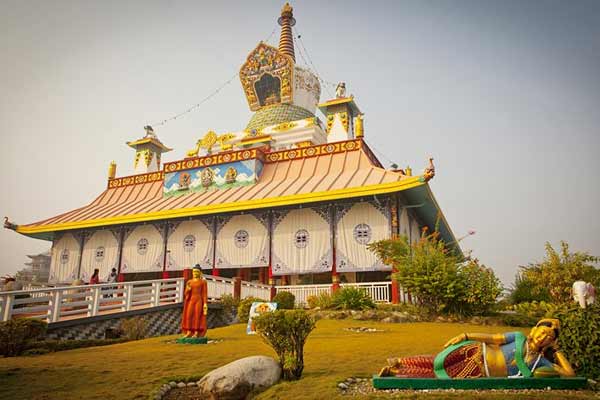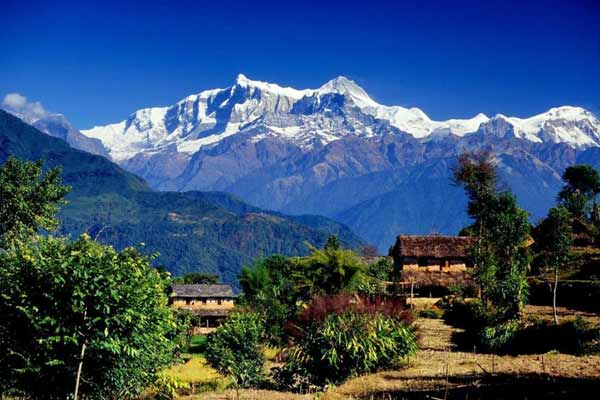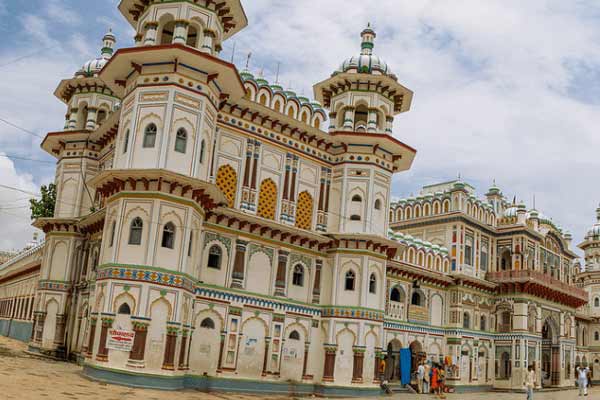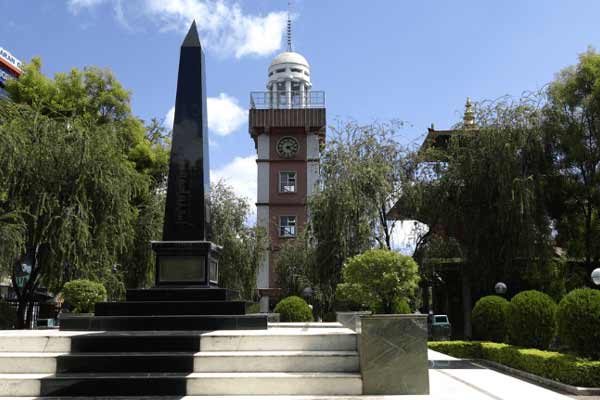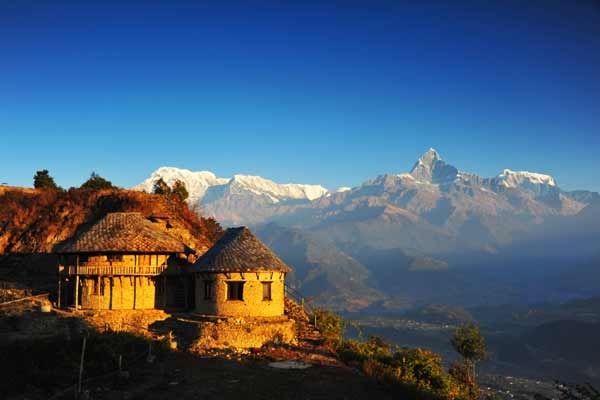
Kirtipur
Kirtipur is an ancient city with ancient essence, wealthy culture, and hospitality, amazing views of countryside and landmarks, which lies in the outskirts of Kathmandu Valley. Located atop the hill which offers the landscape view of the city, and the mountain peaks.
Kirtipur lies 10.3 km away from Kathmandu. It is one of the oldest human settlements in the Kathmandu Valley. The English translation of Kirtipur is “a famed town”. It is also popular as “kipoo” and “kyapu” in the Newari dialect. Kirtipur was also classified as a tentative UNESCO site in 2008. During the medieval times in 1099, Kirtipur was a part of Lalitpur.
In 1767, Prithivi Narayan Shah conquered Kirtipur and made it a part of his kingdom. In the first attack, the Gorkhali army lost their commander Kalu Pandey, and in the second attack Surpratap (Prithivi Narayan Shah brother) loss his eyes by an arrow. Further, Prithvi Narayan Shah took over Kirtipur at the end.
History of Kirtipur
History says that the antiquated city of Kirtipur was established by Shiva Deva between 1099 AD. In the fifteenth century between the reign of the Malla Kingdom the town was designed for social settlement. Kirtipur fortification was viewed as invulnerable. The Gurkha King, Prithvi Narayan Shah laid attack to it multiple times previously during 1768 A.D., at last, taking the town and afterward, it is stated, it had been double-crossed. Before invasion by the king, it was a part of Lalitpur. Indeed, even today the weapons from those previous fights are mounted at the top of Bagh Bhairav Temple. He got awful retribution for overwhelming Gurkha misfortunes - his sibling was among those killed - by removing the nose and lips of each man and women beyond 12 years old. Just wind-instrument players were saved - they were required to commend his triumph.
The line of the old town divider, pierced by 12 doors, is still obviously unmistakable. The vast majority of the town people were weavers and agriculturists, the lower positions living outside the divider.
At the point when Tribhuvan University was worked beneath the town, numerous agriculturists lost their property and Kirtipur wound up poor. With a populace today of around 45,000, issues of the Kirtipur Municipality and its 19 wards are an army. The differential between poor people and the well off is ending up increasingly more genuine at seeing the yearly per capita pay in Nepal as of now around 325 Euros.
Kirtipur spread in more than two peaks joined by a col. The Chilancho Stupa crowns the southernmost slope, the Uma Maheshwar Temple the higher, northern one. The Bagh Bhairav Temple is located at the depressed spot of the region. In the southern portion of the town hold various water tanks guaranteeing copious supplies, a demonstration of the ability of the town's medieval organizers.
The town isn't just of notable significance but on the other hand, is imperative from the creative perspective. The absolute best sanctuaries, chaityas, and stupas of the valley are dispersed throughout this typical Newari town. Encompassed by stone models, perfect works of art of Nepalese workmanship, these holy places is the center point of celebrations and religious functions (Jatras).
Nepal Top Destinations
Nepal is a country filled with beautiful destinations for travelers. Nature itself has blessed the country with lots of beauty. The ‘beauty’, defined by different mountains, lakes, caves, glaciers and many more. Nepal has a lot of offer for travelers, hikers, and nature seekers. The diversity in Nepal’s nature and a range of exotic culture makes Nepal ideal for tour and travel activities with family and friends. Nepal is often said, is a utopia of natural beauty. The marvelous scenic beauty of Himalayas of Nepal is not only remarkable but offers a lifetime experience to patrons. Surrounding the former royal city-states of Kathmandu, Patan and Bhaktapur, the Kathmandu Valley is packed with fascinating cultural sites. This UNESCO World Heritage-listed region is up there on the list of Nepal destinations not to miss, set within picturesque rural landscapes which are dotted with small Newari villages. The Bodhanath Stupa lies just outside of Kathmandu and is one of the largest of its kind in the world, dating to around the 6th century. Also of note is the shrine of Swayambhunath, affectionately known as the “Monkey Temple” for its resident primates, which dates to the 5th century. Today it still plays an important role in the lives of Nepal’s Vajrayana Buddhists and the Newari Buddhists living in the Kathmandu Valley.
 +91 9799050299
+91 9799050299 